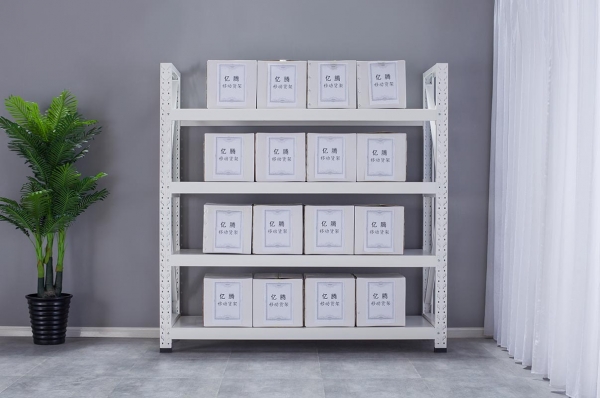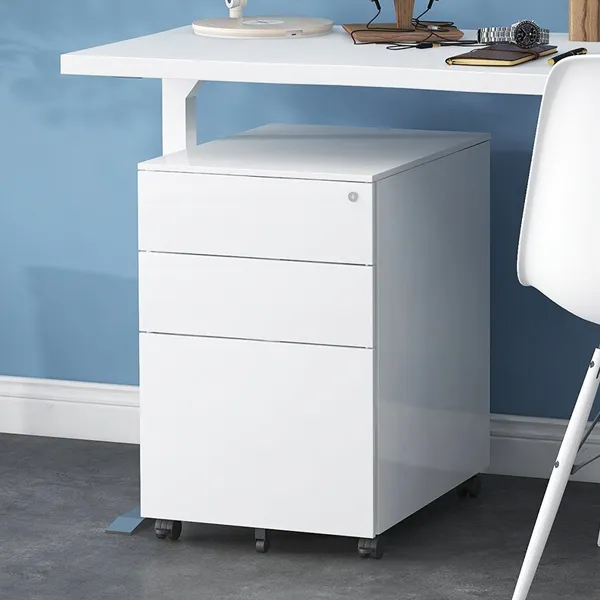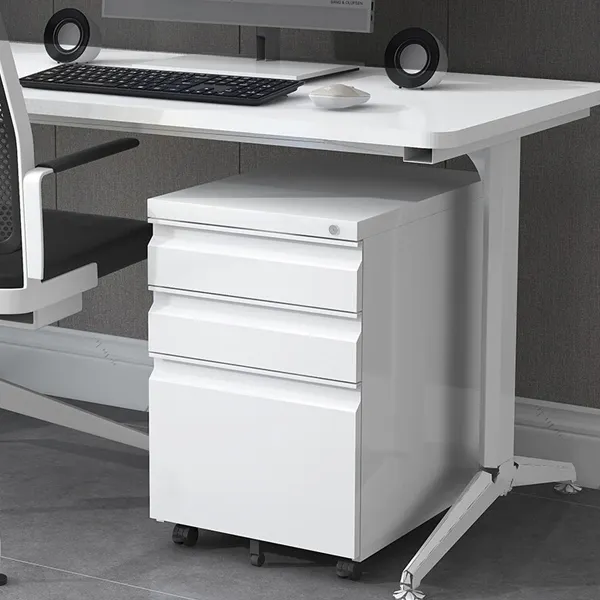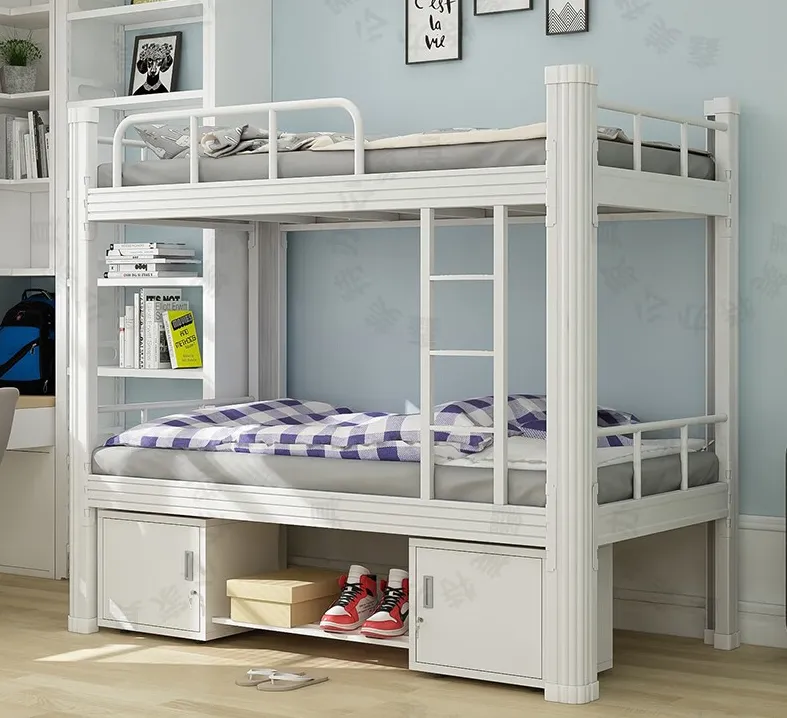Shelving systems, also known as storage shelving or shelving units, are structures designed to provide organized storage and display solutions for various items in homes, offices, retail spaces, warehouses, and other environments. Shelving systems come in a wide range of designs, sizes, materials, and configurations, allowing them to cater to diverse storage needs. They are used to maximize space utilization, improve organization, and enhance accessibility to stored items.
Key Features Shelving Systems

Vertical Storage: Shelving systems utilize vertical space, making them efficient solutions for maximizing storage in limited areas.
Organization: They offer designated spaces for items, promoting orderliness and easy access.
Variety: Shelving systems come in various styles, sizes, and materials, catering to different aesthetics and functional requirements.
Versatility: They can be used for storing a wide range of items, from books and clothing to industrial tools and retail products.
Customization: Many shelving systems are modular, allowing users to adjust shelf heights, add or remove shelves, and create configurations that suit their needs.
Durability: Shelving units are constructed from materials like wood, metal, plastic, or a combination of these to ensure durability and load-bearing capacity.
Accessibility: Open shelving designs provide quick access to items without the need to open doors or drawers.
Aesthetics: Shelving systems contribute to the visual appeal of a space, and their design can complement the overall decor.
…
For more detailed information about what is a shelving systems, please click to visit: https://www.etegreen.com/en/a/news/what-are-shelving-systems.html









